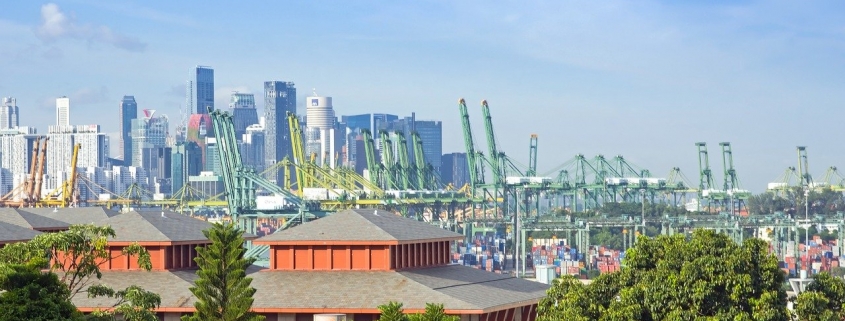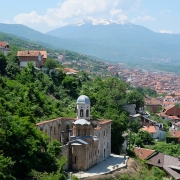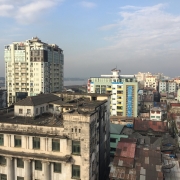What is the Winsemius report?
Topic of Study [For H2 History Students]:
Paper 2: Economic Development after Independence
Section B: Essay Writing
Theme II Chapter 1: Paths to Economic Development
Who is Albert Winsemius?
Albert Winsemius began his career as a price controller in the Netherlands. After the end of the Second World War, Winsemius assumed the role as a director-general of industrial development in the Finance Ministry. After Singapore attained self-government in 1959, Winsemius made a visit to Singapore. He was involved in the United Nations Development Programme (UNDP) team to determine Singapore’s capacity for industrialisation.
The Report
Then Prime Minister Mr Lee Kuan Yew had welcomed the Dutch economist’s review of Singapore’s economic conditions. Alongside the finance and Deputy Prime Minister Dr Goh Keng Swee, Winsemius served as an economic advisor to the government from the early 1960s to mid-1980s. There were two key observations that were made in his report.
The first was that Singapore did not lack entrepreneurs but they were mainly in commerce and not in manufacturing. This suggested the need for the government to participate directly to operate certain basic industries if neither foreign nor local enterprises were prepared to do so.
… The second point recommended the establishment of a nonpolitical EDB with divisions for financing, industrial facilities, projects, technical consulting, services, and promotion. The report recognized that the EDB’s core function should be the promotion of investment and that it should eventually hand over its financing activities to an industrial development bank.
An excerpt from “Lessons from East Asia” by Danny M. Leipziger.
Notably, the Singapore government had accepted the report’s recommendations. On 1 August 1961, the Economic Development Board (EDB) was established as a statutory board to plan and implement strategies for Singapore. The EDB was helmed by Hon Sui Sen, overseeing the industrialisation policies, particularly the development of the Jurong Industrial Estate.
The Jurong Project
The Report concluded that the development of industrial infrastructure was of paramount importance to Singapore’s growth and expansion of its manufacturing sector. Jurong was identified as a viable location for industrialisation, given its flat terrain and proximity to commercial port installations.
Jurong was the only waterfront area in Singapore that “possessed all the necessary conditions for development as an integrated town with the economic base centered around an industrial estate of considerable magnitude“. The Winsemius Report recommended establishing an integrated township that would consist of about 16,000 acres, significantly larger than the 9,000 acres a team of Japanese experts had proposed earlier.
An excerpt from “Infrastructure Strategies in East Asia: The Untold Story” by Ashoka Mody.
What can we learn from this article?
Consider the following question:
– How far do you agree that the Winsemius Report was the fundamental cause of Singapore’s successful industrialisation policies.
Join our JC History Tuition to learn more about Paths to Economic Development in independent Southeast Asia. The H2 and H1 History Tuition feature online discussion and writing practices to enhance your knowledge application skills. Get useful study notes and clarify your doubts on the subject with the tutor. You can also follow our Telegram Channel to get useful updates.
We have other JC tuition classes, such as JC Math Tuition and JC Chemistry Tuition. For Secondary Tuition, we provide Secondary English Tuition, Secondary Math tuition, Secondary Chemistry Tuition, Social Studies Tuition, Geography, History Tuition and Secondary Economics Tuition. For Primary Tuition, we have Primary English, Math and Science Tuition. Call 9658 5789 to find out more.











